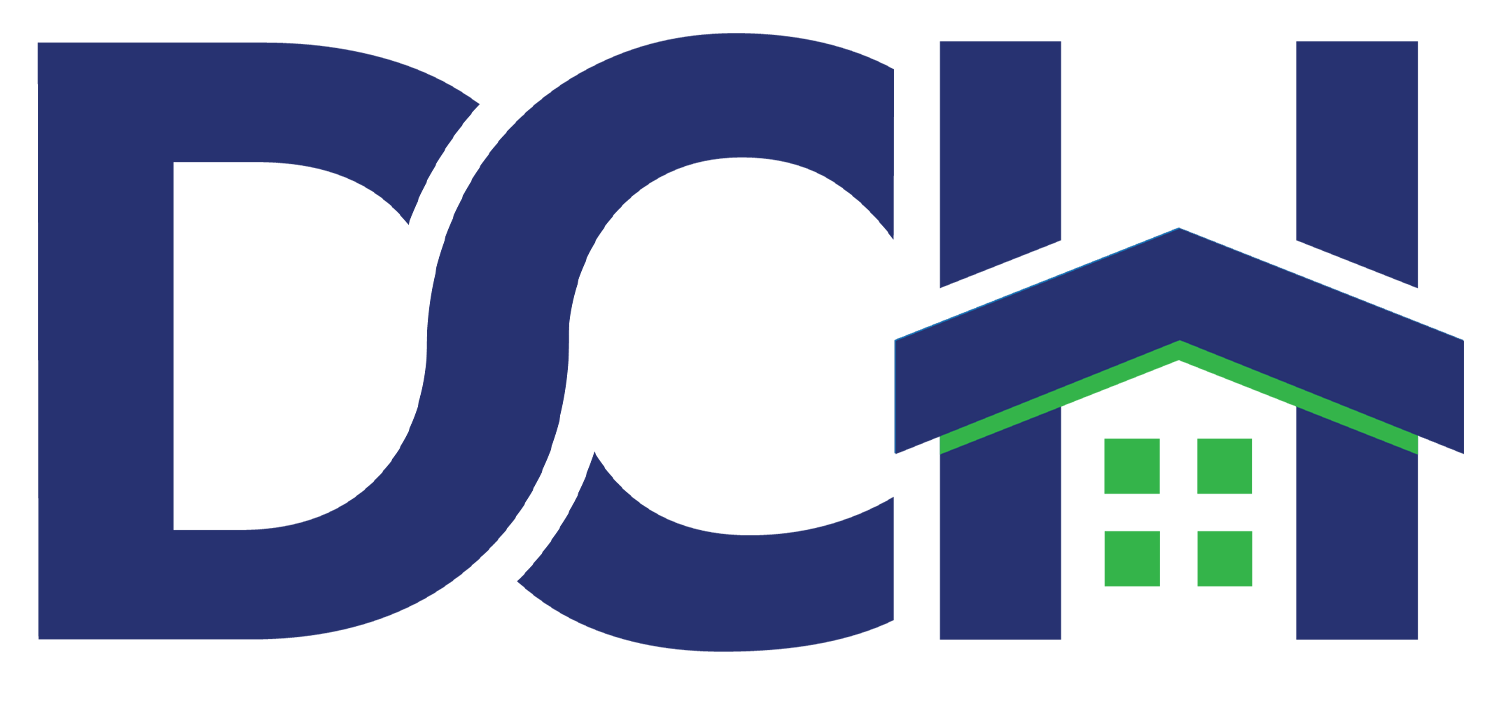Key Findings from Development for Non-Developers
The Urban Land Institute released Development for Nondevelopers. This report demystifies the real estate development process for those outside the industry, providing a roadmap for justice-based development. The findings warn that unchecked development deepens inequality in housing; however, when communities are centered and informed, development can become a tool for healing, connection, and legacy. We compiled some of what we believe are the most salient findings, ones that reflect our lived experience as nonprofit developers on the ground.
Development Is Not Neutral
ULI’s report is clear: real estate has the power to uplift or displace. We have discussed this topic regularly on the DCH blog, and historically, it has done both. From redlining to urban renewal, minority communities have often experienced development as an external force rather than a collaborative process. The report explores how everyone can contribute to development, not just real estate leaders.
One of our core beliefs is that community members should be co-developers, rather than stakeholders, in their neighborhoods. Where residents help define what gets built, how it gets built, and who it serves, residents are more invested in the future of their communities.
“Penciling” a Project Must Include Community Value
Developers ask; “Does it pencil?” They’re referring to whether a project is financially viable and the ULI report expands this definition to include non profit and mission driven developers. For us, “penciling” must include affordability, long-term tenant stability, protection from displacement, and cultural fit and local ownership. This feasibility includes community returns over capital ones.
Key finding: “Making a project pencil means that funds are spent at each stage to add economic value... But new development can also be risky for neighborhoods and community members.”
— Development for Nondevelopers, p. 13
Zoning Reform Is Fundamental to Equity
One of the biggest takeaways from the report is the connection between outdated zoning and racial and economic exclusion. About 75% of land zoned for housing permits only single-family homes in most major US cities. This keeps lower-cost options, such as duplexes, ADUs, and small multifamily units, out of reach in many neighborhoods.
In Dallas, zoning reform is as much about racial justice as it is about land use. Repairing the harm caused by exclusionary housing policies and unlocking the ability to build the kinds of homes our communities need, is the only way to make this right.
Key finding: “Aligning zoning policies with community needs… may help reduce housing costs and lessen racial segregation.”
— Development for Nondevelopers, p. 21
Community Engagement Must Be Early, Ongoing, and Equitable
Community engagement is often treated as an afterthought, however, the report presents a different vision where community input informs a project from the outset, with sustained feedback throughout the process. DCH operates on this tenet, and we are looking for collaborative efforts with communities, and research backs this up. Residents who feel a sense of ownership over change are more likely to report better health, well-being, and economic outcomes.
Public/Private Partnerships Can Work—When Designed for the Public Good
Well-structured partnerships between governments and developers, especially in affordable housing, are a relationship that requires continued development. These collaborations only work when aligned around community priorities, rather than focusing solely on tax credits or permitting. We need more partnerships that include land disposition aligned with affordability goals, infrastructure and enabling support for small developers, and accountability measures for outcomes, not just outputs.
Capital Stack Empowers Communities
The report’s breakdown of the “capital stack”, or how developments are financed, while technical, is a real resource for community advocates and nonprofit developers alike. It explores how developers put up a fraction of cost with the majority coming from lenders and investors. When community-based organizations understand the funding layers, they can ask more informed questions, advocate for equitable investment terms, and pursue mission-aligned funding sources. Transparency in funding is critical for change.
Development Preserving Culture
This report calls out direct harm inflicted to communities by redevelopment, but it also outlines strategies to do better. Through investing in community benefits agreements (CBAs), building parks, funding local businesses, and honoring the history of the places we build, we can protectively develop communities. This is known as protective development, or building in a manner that shields against displacement and enhances the agency of local populations.
Key finding: “Intentional, equitable community engagement can lead to projects that aid in preserving and celebrating community history and culture.”
— Development for Nondevelopers, p. 12
DCH and Our ULI Peers
The Urban Land Institute is one of the foremost national organizations devoted to equitable and sustainable housing and we are very grateful to be a part of the ULI community. This report affirms what so many grassroots developers have long known: equitable development is hard, slow, and necessary and requires leadership rooted in empathy, accountability, and trust.
We encourage our community to read this report in full.
Development for Nondevelopers (Urban Land Institute, 2025)2025/development-for-nondevelopers.pdf

